I fell in love with photography as a young lad in the early 80’s. Actually, what I really fell in love with was cameras and, in particular, the Pentax ME Super, which sold for £125 at that time as I recall. That was a serious amount of money for a young boy when pocket money was £1 a week. I just loved the look and feel of this beautiful machine, all the buttons, levers and lens rings. And it took pictures you could keep! I read all the brochures and I saved my pennies. In the end though I could see I was never going to afford it, and so I gave up and bought a second-hand Carena RSD Micro for £45 and set about becoming an amateur photographer.
Fast forward 35 years and I have probably close to 30 cameras now: Canon FD SLRs, Canon EOS SLRs, Canon DSLRs, a few rangefinders (even an old Leica III), one TLR, a few medium format folders and even a 5×4 large format camera. All in all quite a sizeable collection. I never meant to have one; it’s just the cumulative effect of finding the odd camera bargain here and there. My wife’s hobby of going to car boot sales certainly helps. If you buy a little bit every year it soon adds up!
I came across 35mmc.com whilst seeking out information about overexposing colour negative film and I started looking more seriously at 35 mm compact cameras, which I had pretty much given up on years ago. I picked up an old Olympus Mju and actually found I enjoyed not having to worry about exposure. Okay, so you don’t have the same amount of control as on an SLR, but you can concentrate on your subject more. It’s also a lot easier to just pop in your pocket and you don’t have to worry so much when your kids want to have a go.
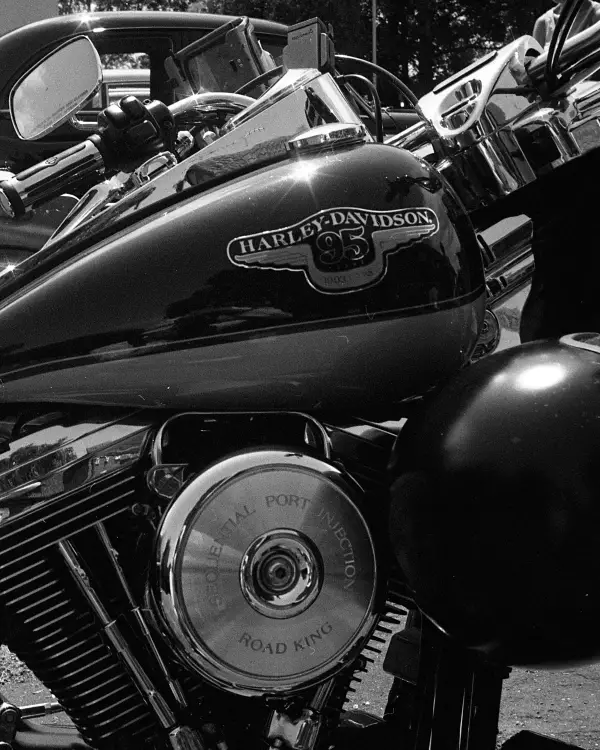
Last year, my wife rang me from a boot sale and asked if I was interested in a camera called a Rollei 35. I did a quick bit of Googling and, seeing this glorious collection of levers and dials in such a compact package I said “Yes, please!” I ran over to the boot sale and found my wife near the seller’s stand. She had two identical Rollei 35 cameras that her father had owned. I spent a few minutes just trying to get the back open, there is an art to it! She wanted £25 each for them. I am rubbish at haggling and in any case they looked in good condition, with soft cases and boxes so I bought them both.
She seemed happy to be selling them to someone who would actually use them. However, it was only when I got them home that buyer’s remorse started to set in. Firstly, I had only half an idea what a Rollei 35 was. I thought they were mini-rangefinders; I hadn’t realised they were ‘zone focussing’. I also realised that both meters were kaput.
The meter consists of a white needle that shows how much light there is and an orange indicator that moves as you move the shutter speed and f-stop. Line the two up and bingo, you’re in business. Unfortunately on one the white needle didn’t move and on the other the orange needle didn’t move. Whilst I have a hand held meter that rather defeats the object of having a small camera. That and the aforementioned zone focus meant that they went into a box for a year or so and stayed there.
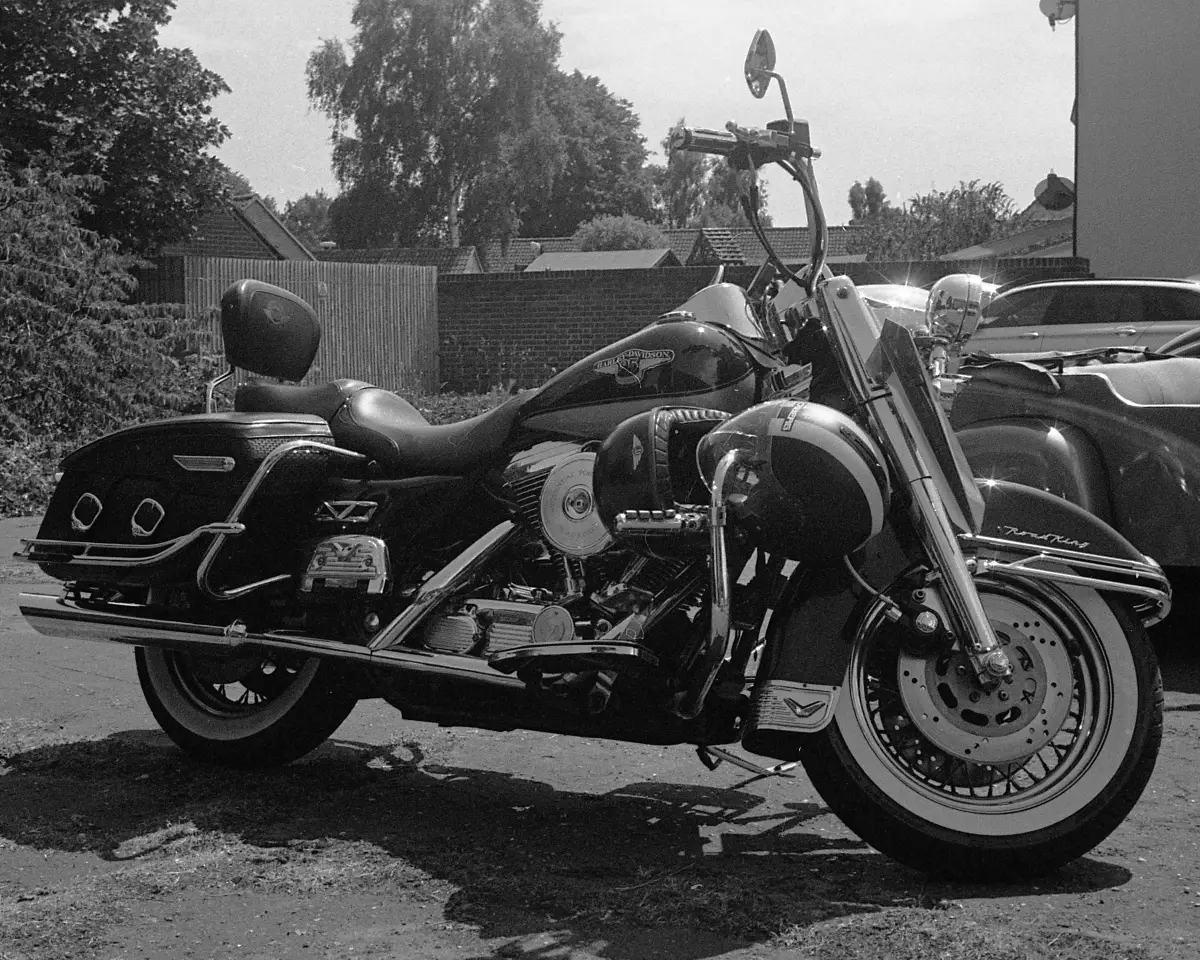
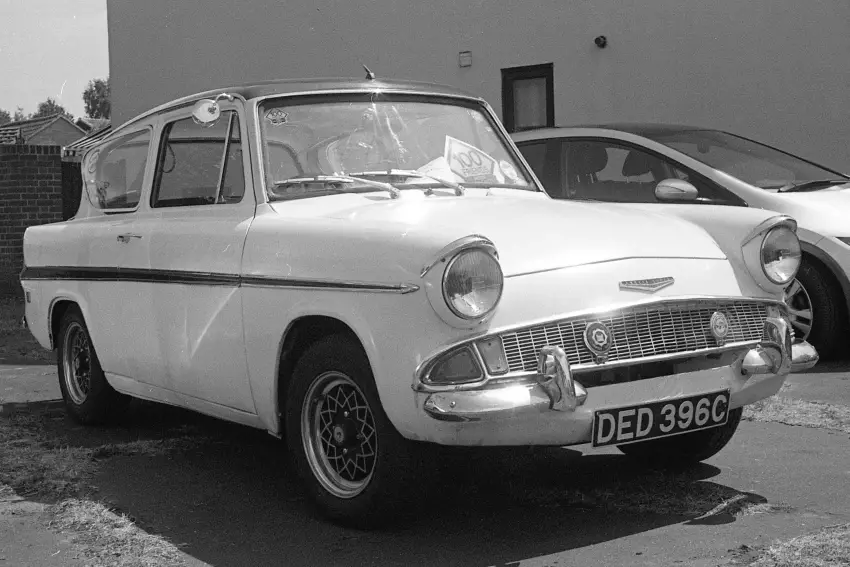
In the meantime I managed to get hold of a working Olympus trip from a car boot sale for £3 and that too was zone focussing. I ran a film through it and the zone focussing worked pretty well. I found it let me set my focus, and then concentrate on my subject. So not nearly as bad as I thought it would be.
Also, I remember back to when I was a young boy and my Dad had an old 1960’s camera that was zone focussing. I vividly remember him looking at his subject and estimating the distance before dialling it in and taking a shot. This was fine with me as I stood still. Unfortunately my children are a little less co-operative!
So the other week we had a summer fair to go to so I pulled out the Rollei determined to give it a go. To open it up you move the pseudo-triangular plate on the bottom. The whole back then slides off. Unusually, the wind-on lever is on the left and so the film canister goes in on the right and upside down. This leads to lots of rotating of images in post-processing! For those cameras with a working meter the battery compartment is situated at the top of the film recess and it takes a single PX625 battery. I decided that, with the meter not working, there was no point putting a battery in. I popped in a roll of Kodak Tri-X, making sure to place the manual pressure plate correctly, closed the back, extended the lens, used my hand held meter to give me an incident light meter reading and started snapping away. With the camera around your neck the shutter speed is set by the left-hand dial and the f-stop by the right-hand dial. The lens is a 40 mm f3.5 Tessar design, so no fancy elements of materials here.
Fortunately it was a sunny day and so I had plenty of light, allowing me to set my f-stops at either f11 or f16. The light was pretty consistent too, which meant I didn’t have to meter for every shot. I have found that the difference between shadow and highlight on a sunny day is about three stops so I played with the settings a bit but mostly let the latitude of the film take the strain. Estimating focus was pretty easy for static subjects and you can always employ a bit of ‘shoe-leather focusing’ if you’re at minimum focus and my subject (often my children) move around too much.
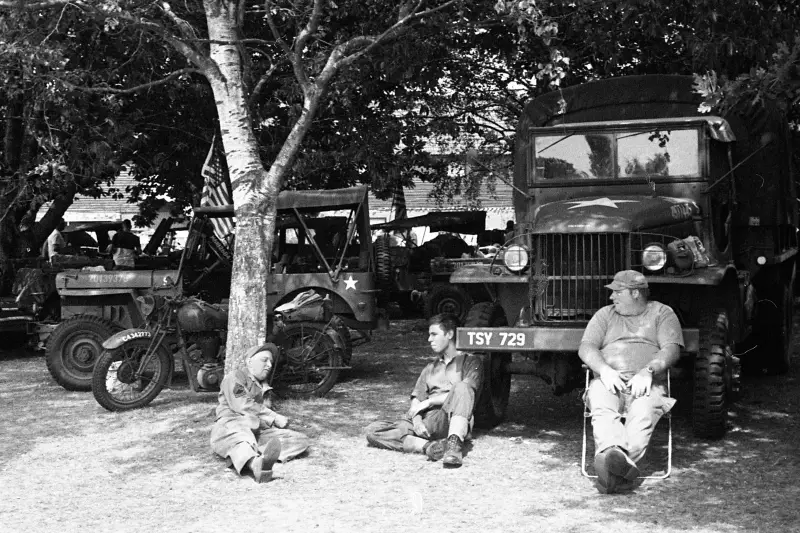
I’ve been taking photos now for 35 years and I’ve come to a realisation; I’m not actually that great. By that I mean that I don’t consider myself an ‘artist’. I’ve always felt that photographers fall into two broad camps: gearheads and artists. As I said at the top of this article, I love cameras because of the way they feel and operate, so I’m definitely more of a gearhead. I’m really not big on colour contrast, micro-contrast (what?), composition and all the creative sides of photography. I’m an engineer so I guess my mind is just not wired that way.
Having said that, if I hit the shutter button often enough I do get some photos I really like, even if 99% of them aren’t up to much. And who am I pleasing anyway? I once went to a camera club that looked down its nose at one of my slides, which I quite liked. So I thought, “Am I doing this photography for the benefit of anonymous third parties or am I doing it to please myself?” I left the club and never went back. I realised that my main aim is life is to document the people around me, to make memories for them and for me. I want to be able to walk into my friends’ houses and see my photos of them on the wall. And for the most part, I can. That’s the buzz for me.
Despite being an engineer I’ve never been too hung up on things like ‘lens sharpness’ or MTF charts. I’ve always figured that my photography skills will break down before I find the limits of the equipment I’m using. As a result I’m more concerned about the emotional impact that my photos have, which is why I concentrate on portraiture. I have done landscapes and I’ve travelled as far as Namibia, New Zealand, Antelope Canyon and Yosemite to get shots that I enjoy, but recording the lives of my family and friends is where it’s at for me.
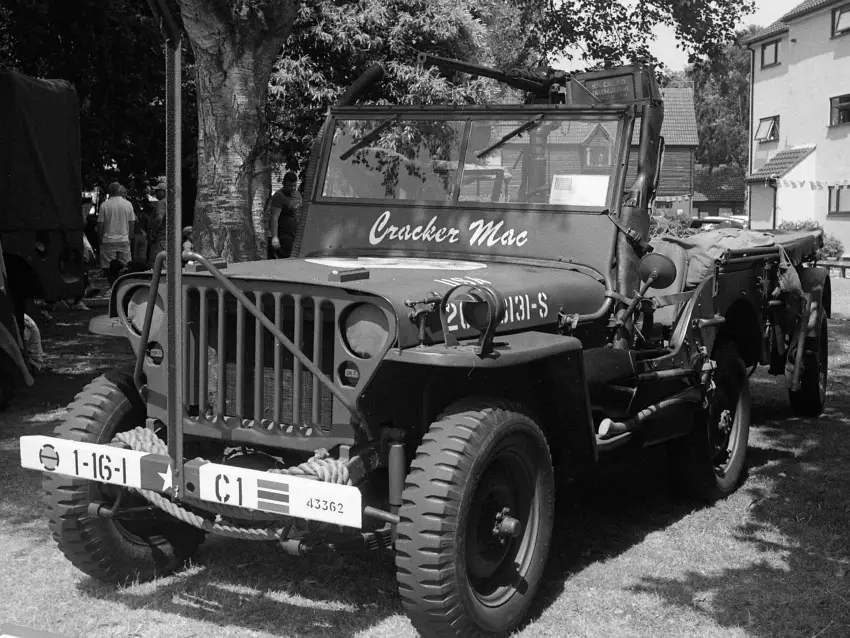
Having said that the pictures look sharp enough to my eye and I’m pleased with how many were in focus. I could only see one in a roll of 36 that was badly out of focus, I expected many more.
So how did I find it? Of course, you’re never going to get razor thin planes of focus with a camera like this but to be honest I’ve had my fill of that anyway. I’ve lost count of the number of photos I’ve taken where one eye is in focus and the other is just out of focus, which always frustrates me, especially on an otherwise good portrait. I definitely want to set my lenses beyond f 5.6 and shoot there more often.
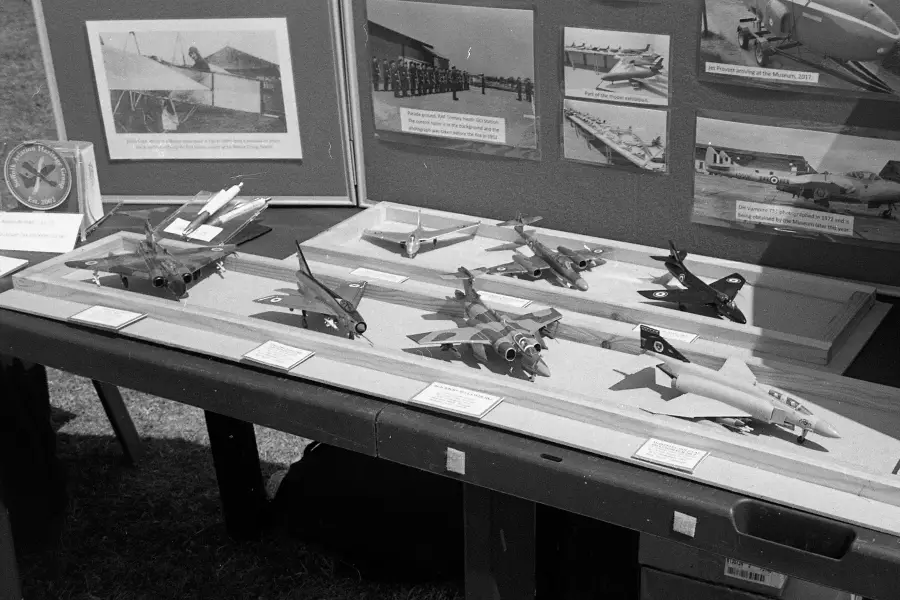
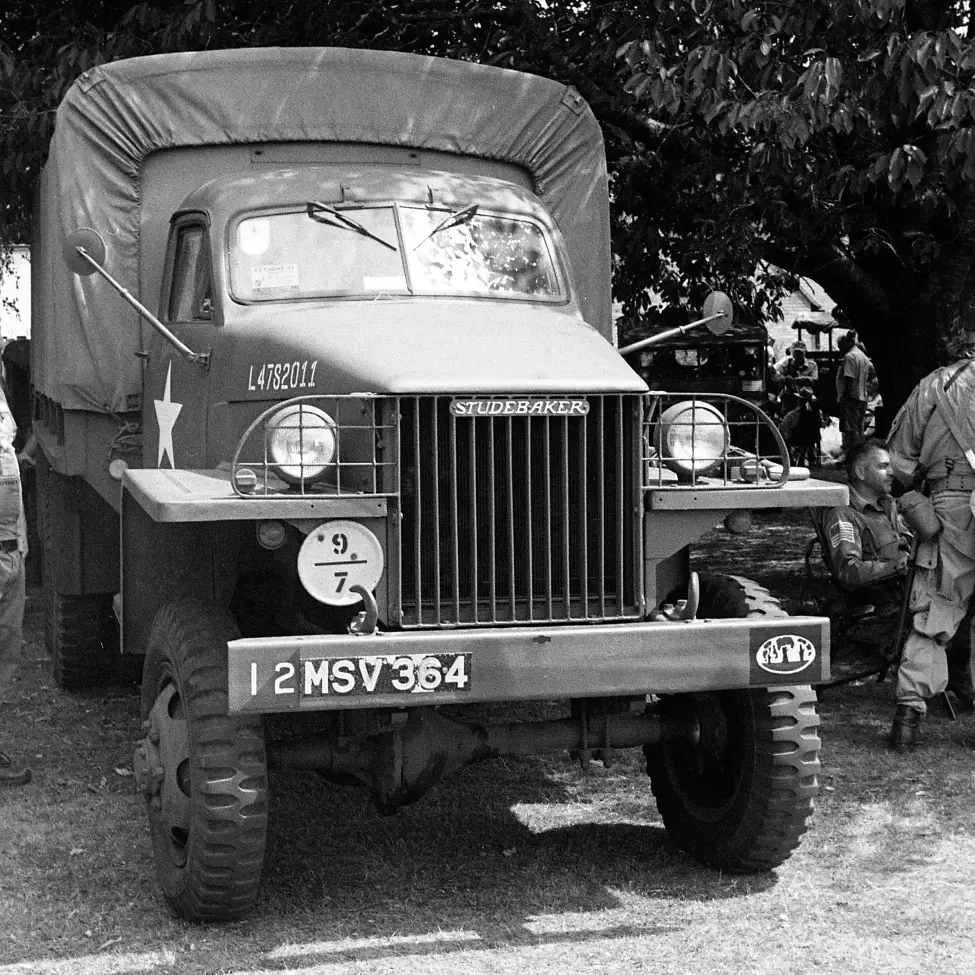
Any gotchas? Two. The first is that you are not looking through the lens so it is possible for the small case – which is attached to the camera via a wrist strap – to partially cover the lens when you’re taking a photo. I lost a couple of shots to that. The other is the rewind mechanism. On most manual rewind cameras you push a small button to engage the rewind mechanism. On the Rollei you rotate a little lever labelled R which blocks the wind-on lever before rewinding. I forgot that and managed to rip the film inside the camera which meant opening it in a dark bag before loading the film straight into the developing tank.
All in all though the camera is small and compact and it really does fit into my pocket, which is great. I’m certainly keen to use it again. And after 35 years of developing black and white film I’m keen to have a go at C41 processing, so in the future I’m hoping to take out both cameras, one with black and white and one with colour film.
Oh, and about that Pentax ME Super? I never did get one. Perhaps it’s time for a trip over to eBay …
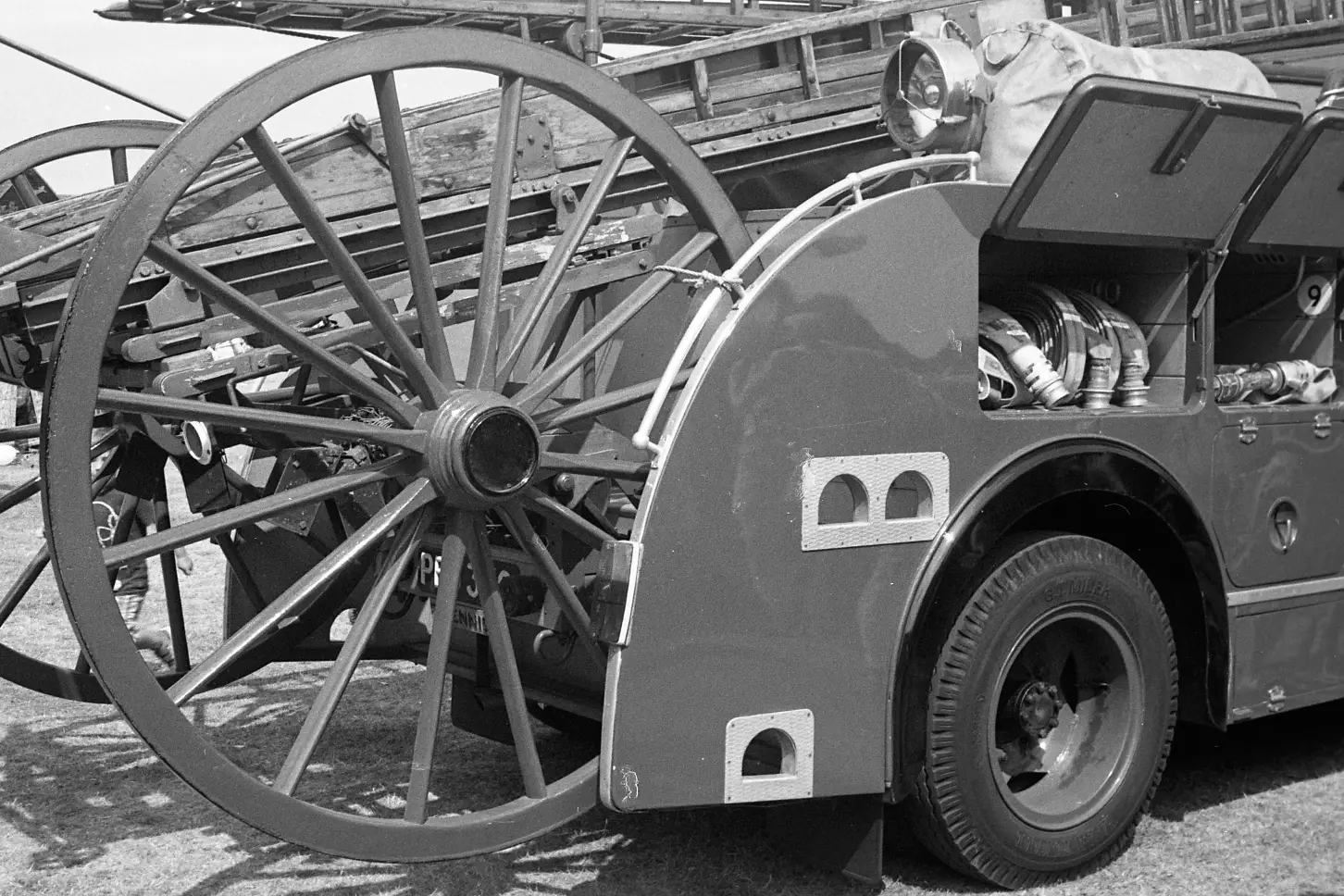
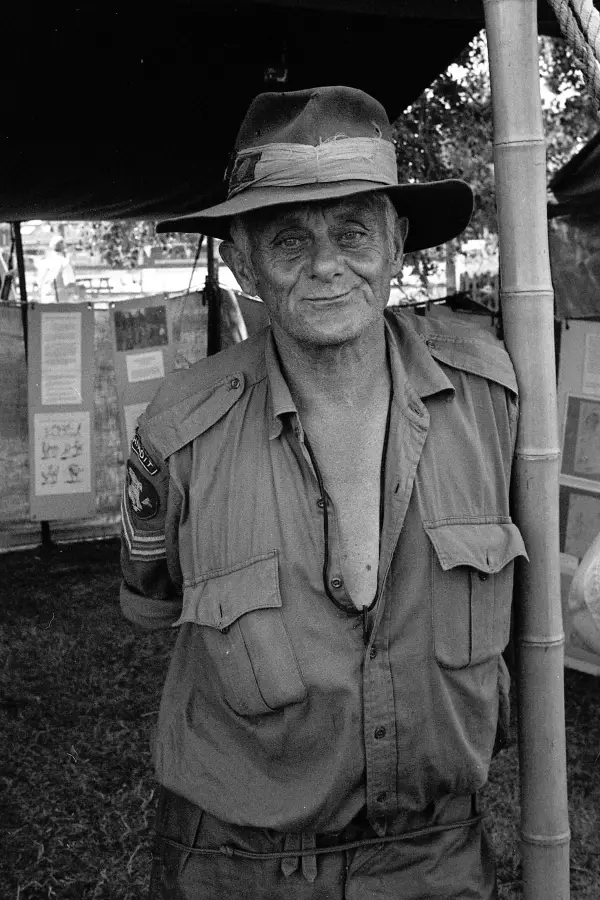
All photos taken on Kodak Tri-X rated at ISO 400. Film developed in Kodak D-76 stock solution for 5½ minutes @ 22º Celsius and then home scanned on my Epson 4870 scanner.
Share this post:
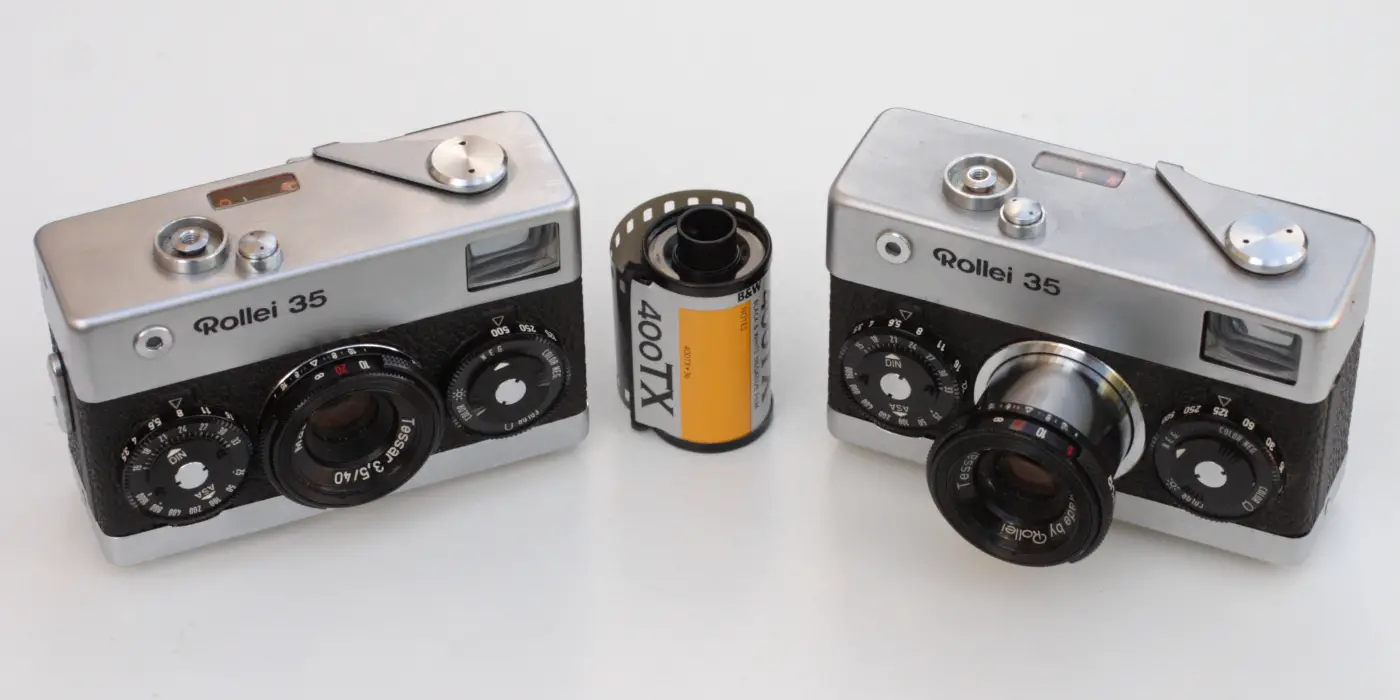








Comments
theo vervloet on Rollei 35 Review- A brace of rolleis – by Malcolm Myers
Comment posted: 25/11/2017
Comment posted: 25/11/2017
Dan James on Rollei 35 Review- A brace of rolleis – by Malcolm Myers
Comment posted: 25/11/2017
I'd love to see your photos but nothing's showing up, it's just little empty boxes. Same on my iPad and iPhone - Hamish us there some technical glitch here? Thanks.
Comment posted: 25/11/2017
Comment posted: 25/11/2017
Comment posted: 25/11/2017
Terry B on Rollei 35 Review- A brace of rolleis – by Malcolm Myers
Comment posted: 25/11/2017
Comment posted: 25/11/2017
Ray Bullen on Rollei 35 Review- A brace of rolleis – by Malcolm Myers
Comment posted: 25/11/2017
Dan Castelli on Rollei 35 Review- A brace of rolleis – by Malcolm Myers
Comment posted: 26/11/2017
I had a Rollei 35 w/the 3.5 lens...loved that tiny camera, but it got stolen right after we got married [my wife & I, not the camera :-)] in 1980.
You're good, you've mastered the foibles & nits of the camera. Thanks for the post.
flickr.com/photos/dcastelli9574
hoyin sze on Rollei 35 Review- A brace of rolleis – by Malcolm Myers
Comment posted: 26/11/2017
George Appletree on Rollei 35 Review- A brace of rolleis – by Malcolm Myers
Comment posted: 26/11/2017
This Sunday morning I decided playing one of those vynils ( I rebought it recently) I had when starting my Uni. And it doesn't sound exactly the same. Perhaps I'm still waiting that music to make me decide what to be when old, lol.
The point is I worked in that field for many years. And no complain. That backgroung makes you think a lot. Really they taught me incredibly complex things. Perhaps all of them except "The four color conjecture" I discovered some years ago.
When going through photographers' ambits my way of thinking, probably thanks to that said, often let me feel as an outsider in some way. But don't forget people like Salgado run also some different carreer, Economist in that case (he probably learnt a lot about profits, lol).
But, no. I decided a while ago to give up all those mechanisms (I'm a dummy for electronics really) and to be a photographer. An odd one perhaps. If believing to make art, maybe I do just photographs. finally I renounced to that gear anxiety some call gas: I mean I don't need better new or old cameras or lenses for making what I make.
But at last what decided me to post this comment is the idea that became intersting for me, and perhaps for you too, of instead using one of those Rolleis for b&w and the other for color, to use one for the engineer and the other for the photographer. And see how it works.
By the way, that was one of my first cameras at those deciding times.
jeremy north on Rollei 35 Review- A brace of rolleis – by Malcolm Myers
Comment posted: 26/11/2017
Your thoughts on Gearheads and Artists are bang on! Certainly makes me wonder about my own photography. I think I'm a bit of both though the GAS I mentioned earlier does somewhat give me away :-)
Malcolm Myers on Rollei 35 Review- A brace of rolleis – by Malcolm Myers
Comment posted: 26/11/2017
Comment posted: 26/11/2017
Comment posted: 26/11/2017
Comment posted: 26/11/2017
Ming on Rollei 35 Review- A brace of rolleis – by Malcolm Myers
Comment posted: 25/12/2017
Rollei 35 Tessar are great cameras.
If you find time you can check my post on my website.
http://mingart.de/essays/2016/04/rollei-35-tessar-and-sonnar/
Merry Christmas to all.
John Lockwood on Rollei 35 Review- A brace of rolleis – by Malcolm Myers
Comment posted: 15/01/2019
Smaug on Rollei 35 Review- A brace of rolleis – by Malcolm Myers
Comment posted: 13/08/2019
As for having to carry a separate light meter, can't you just get an app on your phone?
Camera Review Blog No. 113 – Rollei 35 T – Alex Luyckx | Blog on Rollei 35 Review- A brace of rolleis – by Malcolm Myers
Comment posted: 06/12/2019